
How to Craft a Morning Routine That Actually Lasts
15 min read Learn actionable steps to build a sustainable morning routine that sets a positive tone for your day. (0 Reviews)
How to Craft a Morning Routine That Actually Lasts
There’s a quiet magic that happens when you see the sun streaming through the window and realize the day is fresh, full of possibility. Yet, for many, mornings are a mad dash—coffee, keys, chaos. But what if that rush could become a ritual? What if your mornings built momentum instead of draining it?
Creating a morning routine that truly sticks is less about willpower and more about strategy, joy, and a bit of science. Here’s how you can turn the first hours of your day into a source of strength and stability—for good.
Start Small, Then Stack Habits

The first and perhaps most critical mistake that topples most morning routines: ambition overshadows realism. Instead of an elegant series of positive rituals, you wake up one day to a sprawling to-do list, burn out, and revert to old patterns. The key? Micro-habits and the power of habit stacking.
Imagine Lisa, a project manager who decides that tomorrow, she’ll journal for 20 minutes, do a 45-minute workout, meditate, cook a healthy breakfast, and read a chapter of a book before checking email. As good as these intentions are, studies show that our willpower is a limited resource, especially upon waking (Berkman, 2018). Trying to overhaul everything leads to fatigue and discouragement.
Actionable Strategy:
- Identify a single keystone habit—something meaningful but manageable. This could be as small as drinking a glass of water (James Clear, Atomic Habits).
- Next, attach the next habit right after the first one ("After I drink water, I’ll write 2 lines in my journal").
- Keep stacking in this sequence, only adding a new activity once the previous one feels automatic (usually after 2–4 weeks).
Tip: Anchor your first habit to something that always happens without fail (like brushing teeth), making it hard to forget.
Understand Your Chronotype
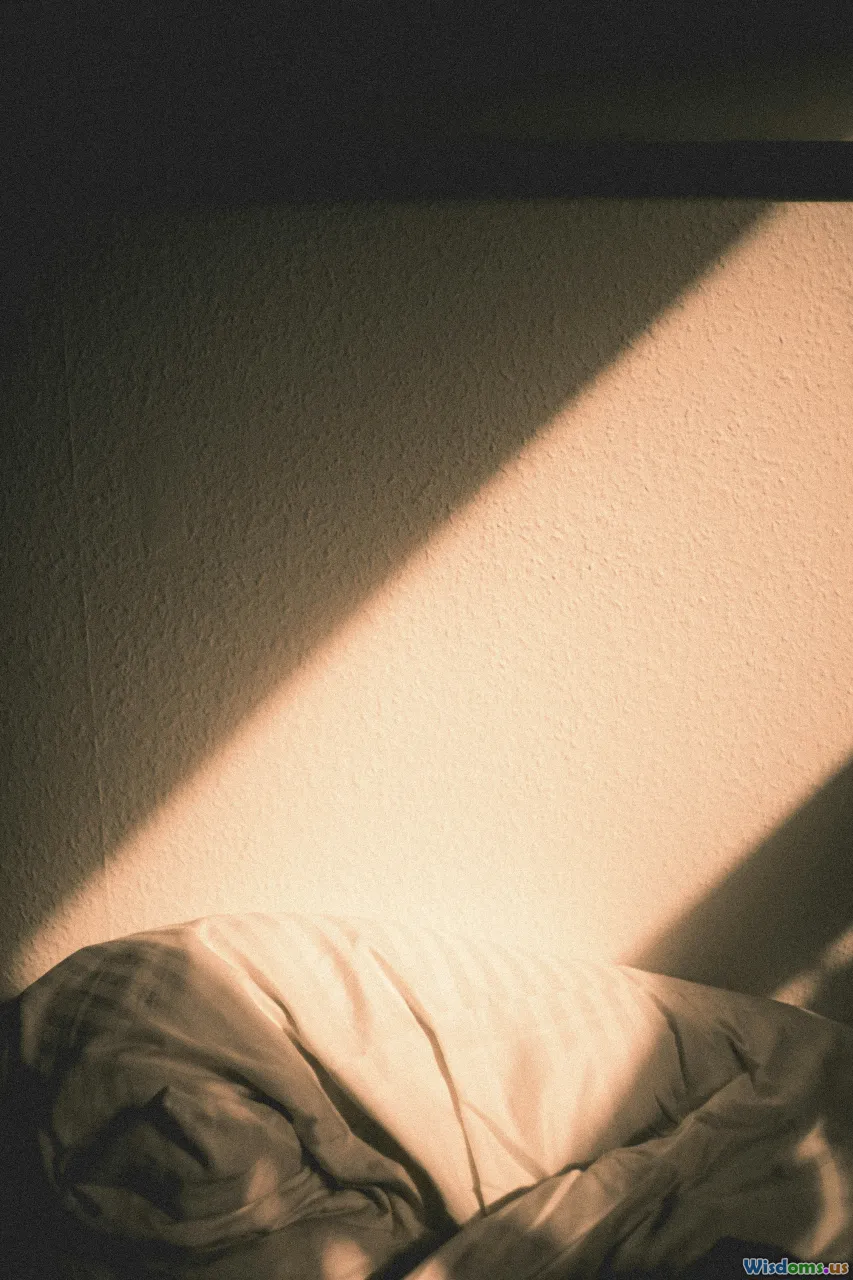
Ever wondered why early rising feels like punishment to some and bliss to others? You might be fighting your biology. Humans have unique "chronotypes" regulating sleep cycles and alertness through a 24-hour circadian rhythm.
Morning larks: Peak energy early in the day; suited for mentally demanding tasks before noon.
Night owls: Reach peak productivity late in the morning or even afternoons. Their hormonal and temperature rhythms start later (Sleep Foundation, 2023).
How to leverage this:
- Track your natural energy: Take notes for a week on when you feel most alert or sluggish.
- Adapt your routine: If you're a night owl, shift main creative or productive tasks later. Your morning routine might focus on gentle, non-cognitive activities—like stretching and a nourishing breakfast.
- Don't force a popular 5:00am schedule if it doesn't fit your body’s needs.
Example: Benjamin Franklin’s famous schedule began at 5 a.m., but today’s productive powerhouses, like programmer Aaron Levie or author Dan Pink, openly align their work windows to their unique rhythms.
Consistency Beats Perfection
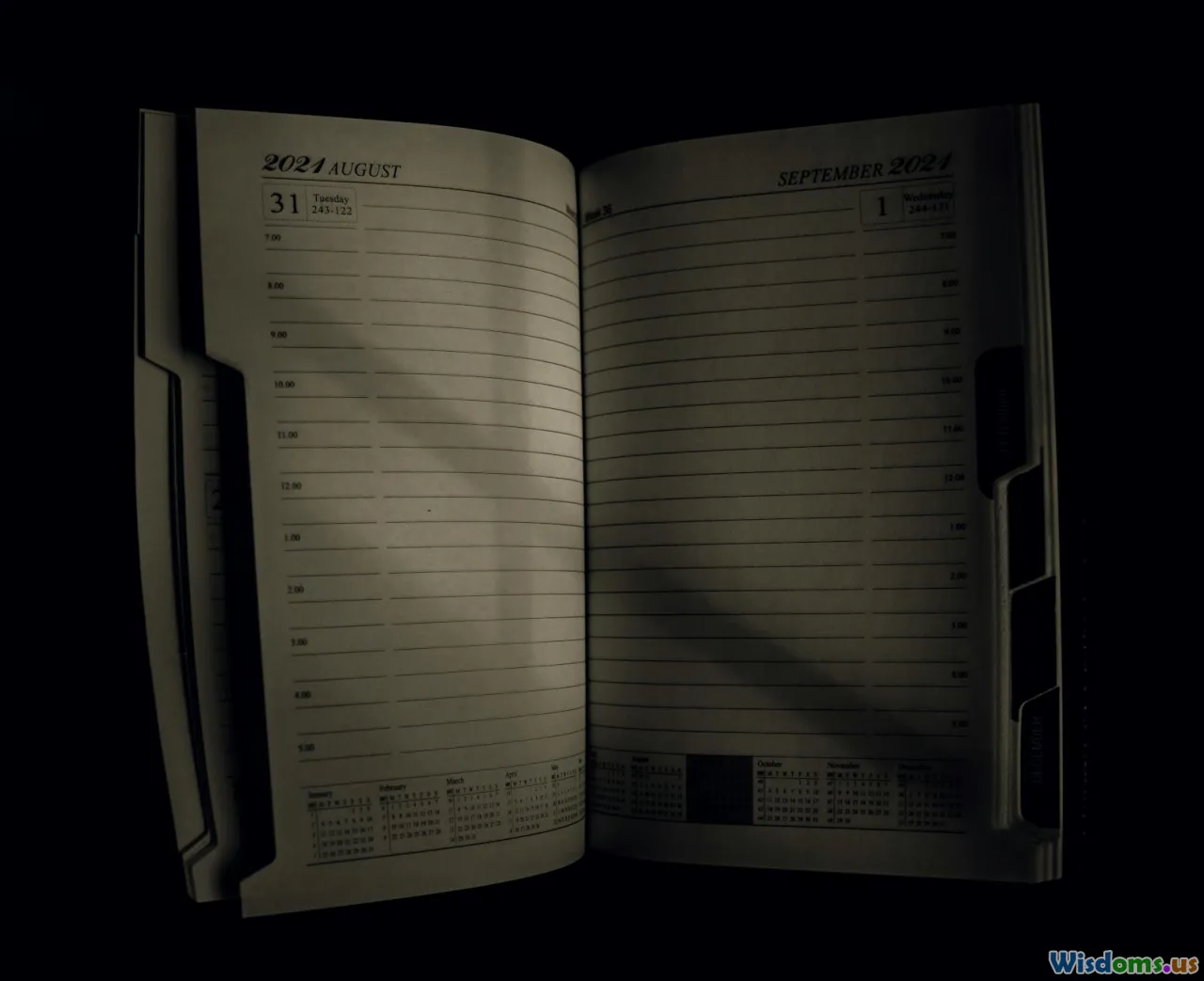
We all know the rush that comes with starting a new habit—high expectations and disciplined resolve. But that glow fades fast when reality hits. Consistency, not intensity, is the secret ingredient of a lasting morning routine.
Rather than pushing for a "perfect morning," go for a "minimum viable routine": the smallest daily step that guarantees a win, no matter what.
Practical examples:
- If your routine is to run, allow yourself to walk on tired days—as little as 10 minutes counts.
- When pressed for time, even writing one sentence can keep your journaling habit alive (Seinfeld’s "Don’t Break the Chain" technique).
- Use visual trackers: Mark a calendar for each day you stick with your adapted plan. Seeing that streak grows is a powerful motivator (habit-tracker apps or classic wall calendars).
Real-world insight: Top performers adopt this mindset. Olympic swimmer Michael Phelps—and his coach Bob Bowman—emphasized consistency "no matter how he felt." Most improvements happen on days you’re uninspired but show up anyway.
Design Your Environment for Success

Environments shape behaviors in ways we underestimate. Rather than relying on self-control, set reminders and cues that nudge you into your desired routine.
How to do it:
- Prepare the night before. Lay out clothes or gym gear within arm’s reach; stack your favorite mug beside the coffee maker.
- Place a journal and pen on your nightstand as a visual cue to jot a few thoughts upon waking.
- Keep your phone far from the bed (or in another room) so your first actions aren’t scrolling through social media.
Research Backing: Stanford psychologist BJ Fogg (Tiny Habits) shows the strongest predictor of habit formation isn’t motivation, but location and ease. Make the desired choice frictionless.
Personalizing Your Space:
- Add low, warm lighting—a gentle lamp, a window with sunlight—for a welcoming ambiance.
- Integrate natural elements: a plant on the kitchen table, fresh air from a cracked window.
- If you rely on music or audio, curate a short, energetic playlist as your morning soundtrack.
Use Routines as Defaults, Rituals as Rewards

Sustainable routines blend automatic processes (defaults) with mindful moments (rituals) that feel like rewards. Instead of treating your morning solely as a to-do list, transform parts of it into enjoyable rituals.
Examples:
- If coffee is a staple, slow the brewing and sipping into a five-minute mindful practice. Savor the aroma, taste, and warmth—a deliberate pause before the activity rush.
- Incorporate a gratitude exercise; write down one thing you’re thankful for while eating breakfast.
- After your core routine, allow yourself something you look forward to—a favorite podcast episode, five minutes of sketching, or simply sitting by the window.
Why this works: Behavioral psychologists note that pairing routines with dopamine rewards (moments of pleasure or calm) helps reinforce the behavior loop. You start to crave the ritual, not just the outcome.
Plan for Disruptions and Reset Fast
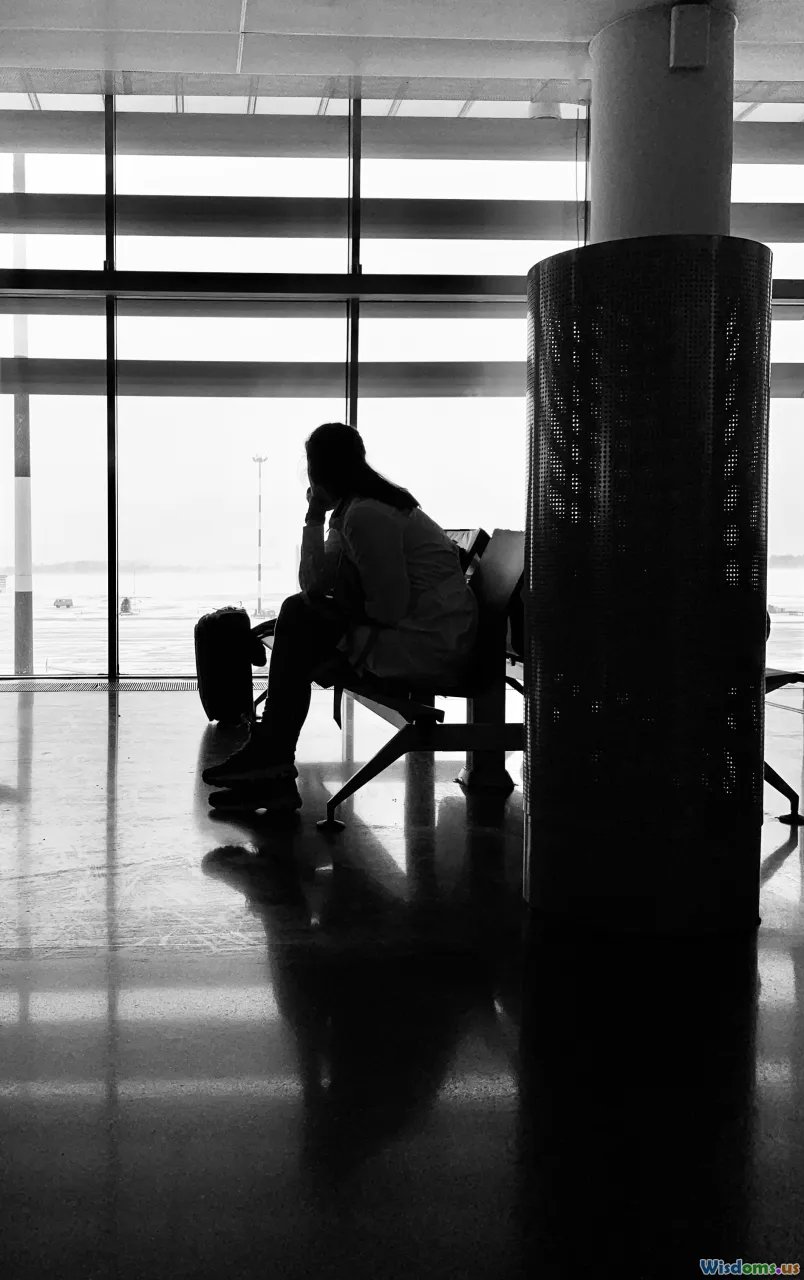
It’s easy for a routine to spiral when you’re traveling, unwell, or handling extra stress. The difference between an abandoned and a lasting routine is how quickly you reset when disrupted.
Proactive tactics:
- Create a minimalist “travel routine”: A pared-back set of anchors that work anywhere, such as a two-minute stretch and a journal entry on your phone.
- Forgiveness is essential: Missed a day? Call it a reset, not a failure. Research by Phillippa Lally (European Journal of Social Psychology, 2010) found that successful habit makers expected lapses and resumed as soon as possible.
Real-world story: Traveling consultant Jared uses a simplified airport version of his morning routine: hydration, a walk, and reading a motivational quote. It keeps the anchor alive until routine "normal" resumes.
Find Accountability and Community

We’re social creatures, often doing more for others than for ourselves. Leverage this by building accountability and sharing goals—turning your routine into a shared commitment boosts your chances of sticking to it.
How to do it:
- Accountability partner: Pair up with a friend. Briefly check in by text or call after your routine. This ensures both consistency and encouragement.
- Join a virtual community: Online groups based around morning routines (like Reddit’s r/MorningRoutine or Habitica) offer daily or weekly check-ins, idea exchanges, and tips.
- Mentorship: Learning from people further on the journey can spark insight. For instance, book clubs where members discuss their morning reading or wellness circles that practice mindfulness together.
Why it works: A study in the American Society of Training and Development found you’re 65% more likely to meet goals when you commit to someone else—and this increases to 95% with ongoing check-ins.
Revisit and Evolve Your Routine

What worked last winter may stifle you in summer. A routine is a living thing, meant to evolve with your seasons, challenges, and growth.
Effective self-reflection:
- Monthly check-in: Ask, "What’s helping me? What feels like a chore?" Adjust as needed by swapping, deleting, or altering habits.
- Experiment fearlessly: Replace habits that spark dread with fresh ones. For instance, if running feels daunting every morning, try dancing or yoga instead.
- Celebrate small wins: Mark milestones—"Two weeks of consistency!"—to reinforce your persistence and progress.
Example: Sarah, an analyst, dreaded cold morning runs. She transitioned her walks indoors to YouTube Zumba classes during winter, proving that flexibility fuels longevity.
Tools and Tech to Aid Your Morning Momentum
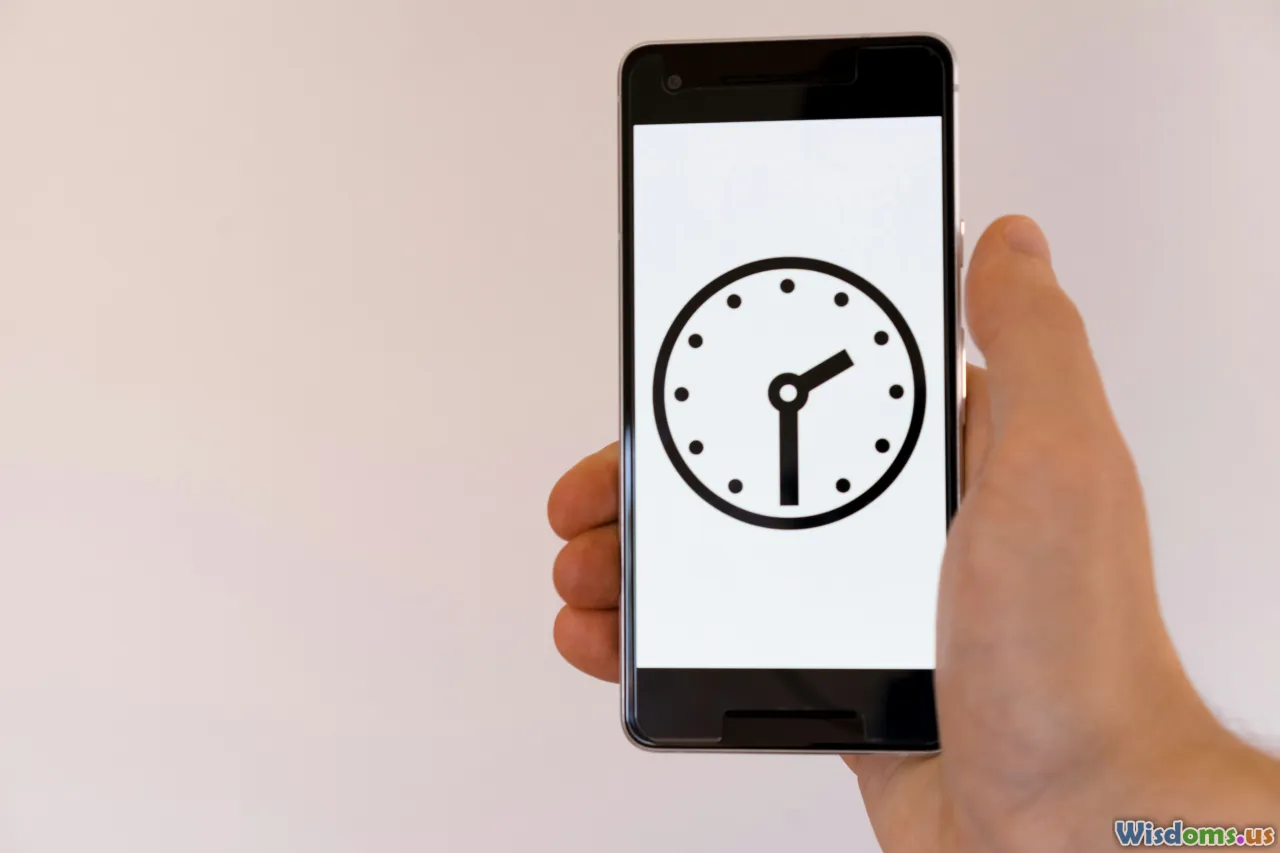
The right tools can reinforce your routine or automate stress points.
Habit-Tracking Apps
- Apps like Habitica, Streaks, or Loop allow you to set reminders, mark progress, and gamify morning habits.
Smart Alarms
- Sunrise simulation apps or lights gently wake you, adapting to your sleep cycle and improving morning mood (Philips Wake-Up Light).
Wearables and Smart Planners
- Fitness trackers (Apple Watch, Fitbit) help monitor sleep cycles—fine-tune wake hours for optimal energy.
- Digital planners (Notion, Google Keep) store habit scripts or routines for easy reference.
Tip: Use but don’t become dependent—let technology amplify, not replace, personal intention.
Creative Morning Routines That Worked (and Why)
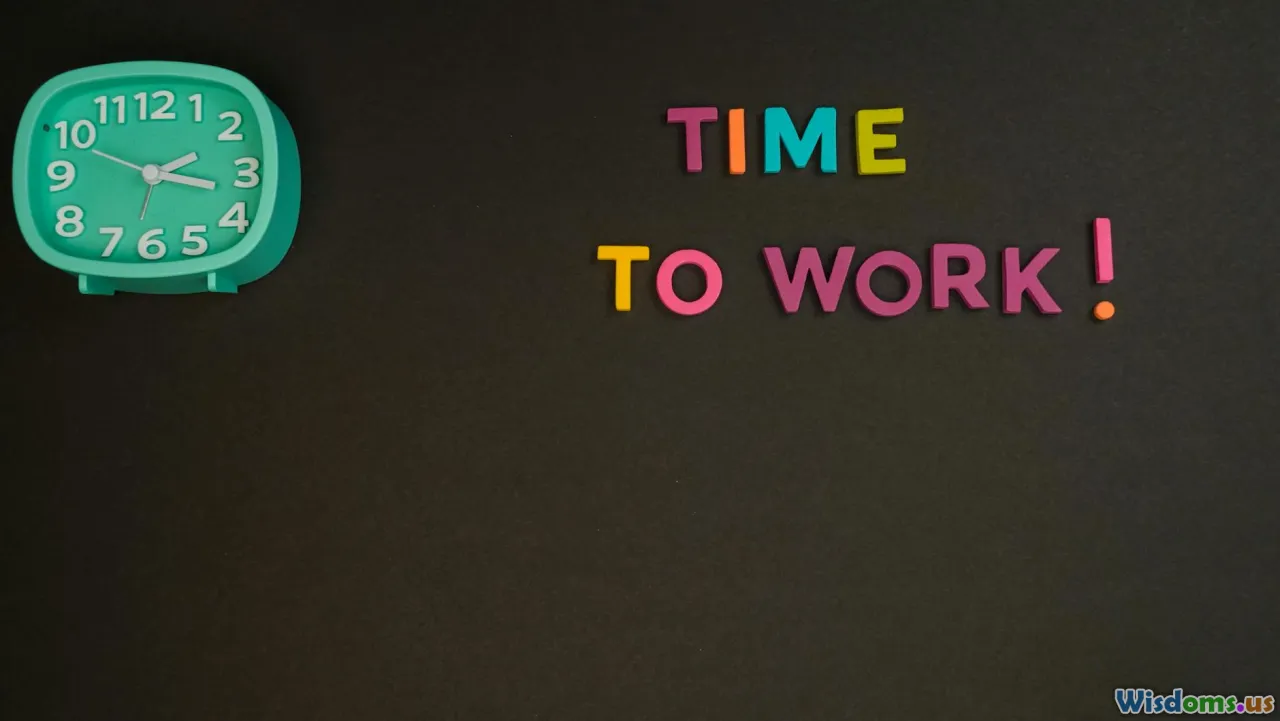
Let’s see real-world routines—famous and everyday—that stuck, and what made them effective.
Benjamin Franklin constructed his mornings around the question: "What good shall I do this day?"—placing intention as the pillar.
Twyla Tharp, acclaimed choreographer, starts each day with a cab ride—not for its destination, but as her mental trigger: once in the cab, her routine kicks in.
Barack Obama stuck to simple workouts and breakfast with family to build stamina amid stress. His non-negotiables offered stability in chaos.
Your own version could be:
- A sunrise walk paired with a short motivational video.
- Showering immediately upon waking as a mental reset.
- Sketching, knitting, or reading as morning flow.
What works has more to do with your investment and expectations than the actual activity.
A lasting morning routine isn’t a one-time overhaul—it’s a gentle, flexible framework you curate, stack by stack, over time. The winning formula is part science, part art, built on small wins, personal rhythm, environmental cues, and the spirit of joyful ritual. Give yourself grace; progress across mornings compounds. Your ritual can be your edge—the secret springboard into each day.
Rate the Post
User Reviews
Popular Posts

















